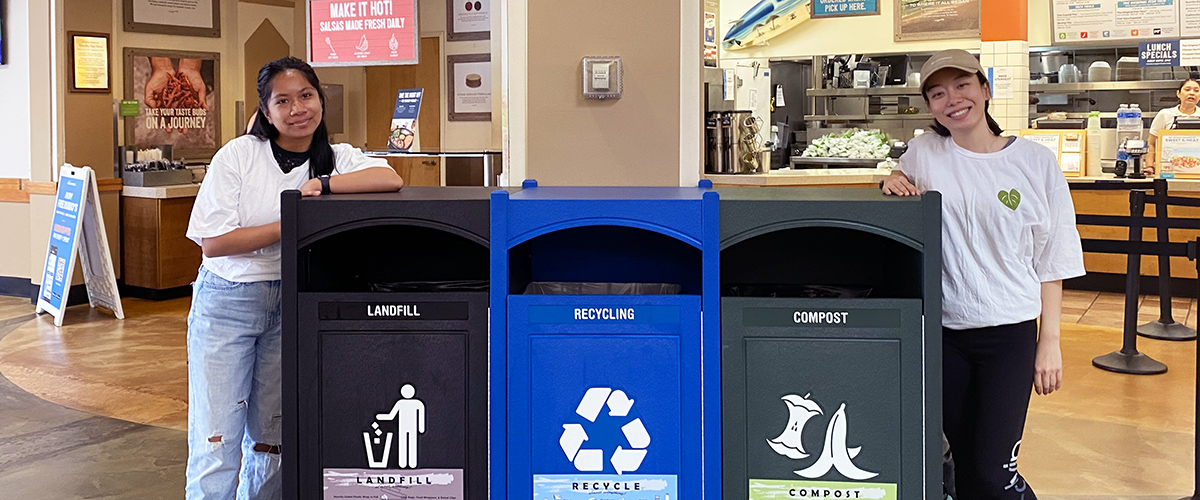History
Ever since the dawn of European colonization in the 1500s, Indigenous people were murdered and their land was stolen. The ongoing industrial revolution since the 1800s destroys the environment in pursuit of “economic profit.” Environmental justice (and injustice) is not just here in the United States. The Not In My Backyard (NIMBY) effect is very strong in the United States. In terms of environmental issues, this can be characterized by local residents opposing the implementation of sustainable technology, such as wind turbines, because of the effect that it may have, such as ‘ruining’ the aesthetics of a community. For being one of the largest plastic consumers in the entire world, the U.S. does not take its fair share of the disposal or nasty effects. Plastic is typically shipped from the United States into landfills in Malaysia, Thailand, Indonesia, and the Philippines particularly in lower income communities where the plastic waste is burned and devastates the people living there. Women and indigenous people are under threat worldwide for their environmental activism. For example, in the Philippines a female environmentalist received death and rape threats online for her activism. In 2019 alone, 43 environmental activists were murdered in the Philippines; meanwhile President Rodrigo Duterte claims these instances to be “sham assertions” even though some of the murderers have been caught and never charged. The predominately white presence in the environmental movement has overpowered the dangerous risks that are taken in order to be an environmentalist as a person of color. In Brazil, more than 300 people have been murdered for campaigning against illegal environmental practices in the last decade. Because mining is a big contributor to Brazil’s national income and an essential employer to the country’s people, the current government prioritizes big businesses and the expansion of mining at the expense of violence against the indigenous people of Brazil. Similarly, peaceful protests against mining corporations taking land from indigenous Colombians are met with paramilitary groups. Not only are environmental activists met with resistance and danger across the world, minority groups are disproportionately affected most by environmental matters and policies. Did you know that according to the United Nations, 80% of all people forced to leave their homes due to climate migration are women? Women, and particularly women of color, are constantly at the forefront of the devastating effects of climate change and environmental injustice. Climate Justice is “moving to a post-carbon energy system, paying for the ecological and social damage of climate change, and protecting the voice and sovereignty of the most vulnerable” (Schlosberg & Collins, 2014) This means having the most vulnerable be the leaders in creating Climate policy. In 2007, an international network of nongovernmental organizations and activists asserted climate action principles (Koukouzelis, 2017). Two years later the Copenhagen Accord “delivered business-as-usual climate politics, biased towards fossil-fuel capital, heavy industry, the transport sector and over consumers” which led to the climate justice gaining momentum because of frustrations (Bond & Dorsey, 2010; Chatterton, Featherstone, & Routledge, 2013). Impatience with slow change, profiteers profiting from the carbon economy, and needed global reform, “many civil society organizations and activists began to shift away from an international focus and take up local, direct actions to mobilize support and effect change on the national level” (Kluttz & Walter, 2018). “The shift from the global to the local has pulled together an array of environmental justice, social justice, and ecojustice protests, uniting them under the banner of climate justice” (Hadden, 2014; Nulman, 2015). A solidarity approach to an intersectional issue.

